The Museum of Medicine (서울대학교병원의학박물관)
2024-03-18
101 Daehak-ro, Jongno-gu, Seoul
The Museum of Medicine is located in the building of the former Daehan Medical Center, the oldest modern hospital in Korea. It is a medical museum that provides a comprehensive view of the development of modern medicine in Korea, the history of medical devices, and the transformation of Seoul National University Hospital. Through permanent and special exhibitions, the museum showcases medical artifacts and documents related to the history of medicine.
PKM Gallery (PKM갤러리)
2024-03-18
40 Samcheong-ro 7-gil, Jongno-gu, Seoul
PKM Gallery, now providing 397 square meters of exhibition space, includes a main building with a maximum x_height of 5.5 meters comprising two upper stories and a two-story basement. PKM+, an annex built in 2018, has one upper story and a basement floor and is equipped with a boutique-like gallery space.
The gallery not only exhibits the works of leading figures in Korean contemporary art, but has also succeeded in introducing renowned international artists to the Korean audience. As an incubator for emerging young artists, PKM Gallery has been organizing exhibitions to encourage their growth as leading artists of the next generation. PKM gallery, the first among the Korean galleries invited to participate in the Frieze Art Fair in 2004, played a major role in advancing Korean contemporary art to the global art market.
K.O.N.G Gallery (공근혜갤러리)
2025-10-28
38 Samcheong-ro 7-gil, Jongno-gu, Seoul (Samcheong-dong)
Since its opening in 2005, the gallery has made a significant impact on the Korean photography scene by introducing world-class photographers to Korea. It relocated to its present site next to the Cheongwadae, Samcheong-dong, in 2010, adding spaces for painting, sculpture, video, installation, and other forms of contemporary art. The gallery focuses on artists based in Paris, London, and New York, presenting works that represent the current state of contemporary art in the 21st century. It also plays a vital role as a Korean gallery by discovering young Korean artists and supporting their overseas activities.
Junk Art Gallery (5Factory) 정크아트갤러리(오대호 아트팩토리)
2024-02-26
1434 Gagok-ro, Angseong-myeon, Chungju-si, Chungcheongbuk-do
The Junk Art Gallery showcases robots and sculptures crafted from industrial waste, housing nearly 1,300 works by Oh Daeho, Korea's pioneering "junk artist." Visitors can explore the mechanics behind the creations and grasp the significance of environmental conservation. The gallery also offers artbot-making workshops and hosts magic shows every Saturday and Sunday at 11:00 and 14:00.
Baekje Cultural Museum (백제문화체험박물관)
2024-02-23
43-24 Janggok-gil, Daechi-myeon, Cheongyang-gun, Chungcheongnam-do
Designed to mimic the traditional kilns of the Baekje period, the Baekje Cultural Museum is a unique space that blends historical elegance with immersive exhibits. It showcases five key masterpieces: the historic Baekje kiln site that’s over 1,500 years old, exquisite blue tiles, an evocative painting of Choi Ik-hyeon's exile, an intricate rubbing of the Confucius statue, and a resplendent golden turtle. Additionally, the museum offers a variety of interactive centers like a gold mine exploration area, an agricultural culture center, an exhibition hall that transports viewers back to the 1960s. There are also Han Sang-don Memorial Hall, Yoo Sang-ok Donation Room, and Jeongseung Park. On weekends, the museum becomes even more lively, offering hands-on activities such as pottery and cup making, as well as the chance to dress in traditional Baekje attire.
Zien Art Space (지앤아트스페이스)
2024-02-22
7 Paiknamjune-ro, Giheung-gu, Yongin-si, Gyeonggi-do
Zien Art Space is a multifaceted venue encompassing an exhibition gallery, pottery studio, glass art studio, kiln room, flower garden, tableware shop, clay pot shop, restaurant, and café. It features pottery classes for children, as well as one-day classes in hand-painting, pottery shaping, and pottery wheel experiences. Surrounded by lush greenery and earthy tones, visitors can enjoy tea or meals while immersing themselves in exhibitions and pottery experiences.
Nblgaok (앤블가옥)
2024-02-22
1, Wongeori 13-gil, Dongnam-gu, Cheonan-si, Chungcheongnam-do
Nblgaok is a cultural complex located in the old city center of Cheonan. It contains a bookstore, café, restaurant, a meeting place, a ceramics workshop, and a guesthouse. The first floor has the bookstore [Bobuart] and the café [Dongyang Chwimi]. The second floor has the [Wongeori Sikdang] and the rental space [Binkan]. The third floor is home to the ceramic workshop [Hwamyodo], and the fourth floor has the guesthouse [Maroco Stay].
Seobok Exhibition Hall (서복전시관)
2025-05-20
156-8 Chilsimni-ro, Seogwipo-si, Jeju-do
Seobok Exhibition Hall is a museum dedicated to commemorating Seobok, who is said to have come to Jeju Island in search of the miraculous plant "Bulrocho" for the longevity of Emperor Qin of China. The exhibition hall displays various artifacts, including a statue of Seobok, a bronze carriage, replicas of terracotta soldiers and sculptures in Mausoleum of the First Qin Emperor. It also features a coastal observatory and rest area. Located 150 meters from Jeongbangpokpo Falls.
Ceramic Palace Hall (세라믹 팔레스 홀)
2024-03-04
90 Irwon-ro, Gangnam-gu, Seoul
Ceramic Palace Hall, situated on the second basement floor of the Milal Art Center, is adorned with aesthetically pleasing pastel-colored ceramic walls. Designed for acoustic excellence, it ensures that every instrument played is heard with clarity. Primarily, it serves as a venue for various concerts, with a particular emphasis on classical music, including piano recitals, chamber music festivals, and violin concerts. Additionally, it offers venue rental services, catering to a range of events.
Anmyondo Jurassic Museum (안면도 쥬라기박물관)
2024-02-26
37-20 Gomseom-ro, Nam-myeon, Taean-gun, Chungcheongnam-do
The Anmyondo Jurassic Museum is a natural history museum boasting Korea's largest collection of dinosaur fossils. Its collection features dinosaur specimens such as Diplodocus and Tyrannosaurus, along with dinosaur eggs, sourced from the United States and Argentina. Nearby attractions include Anmyondo Jurassic Park, a meteorological observatory, and various accommodations such as pensions.
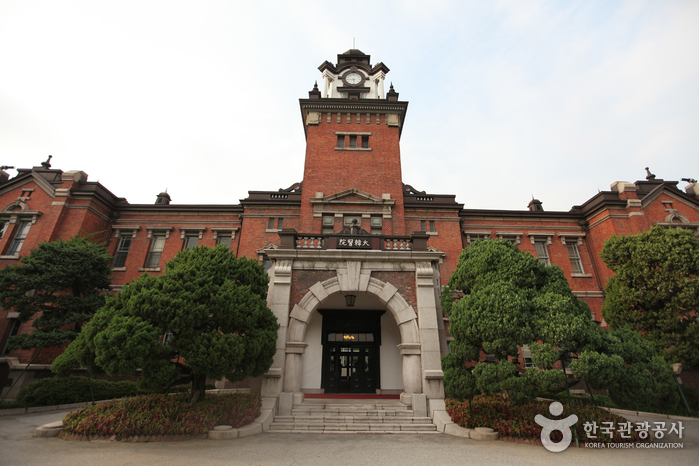
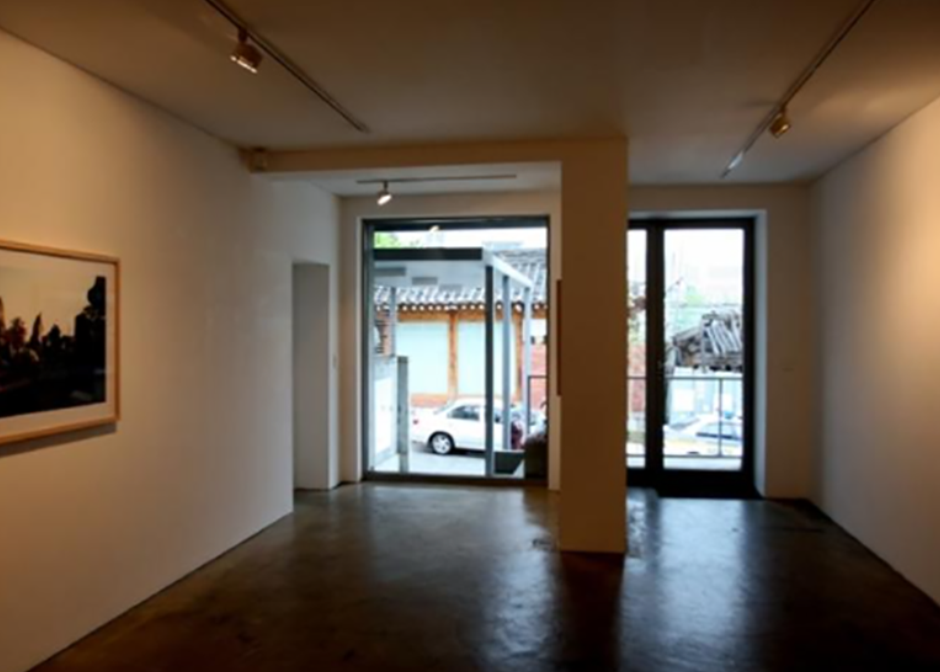
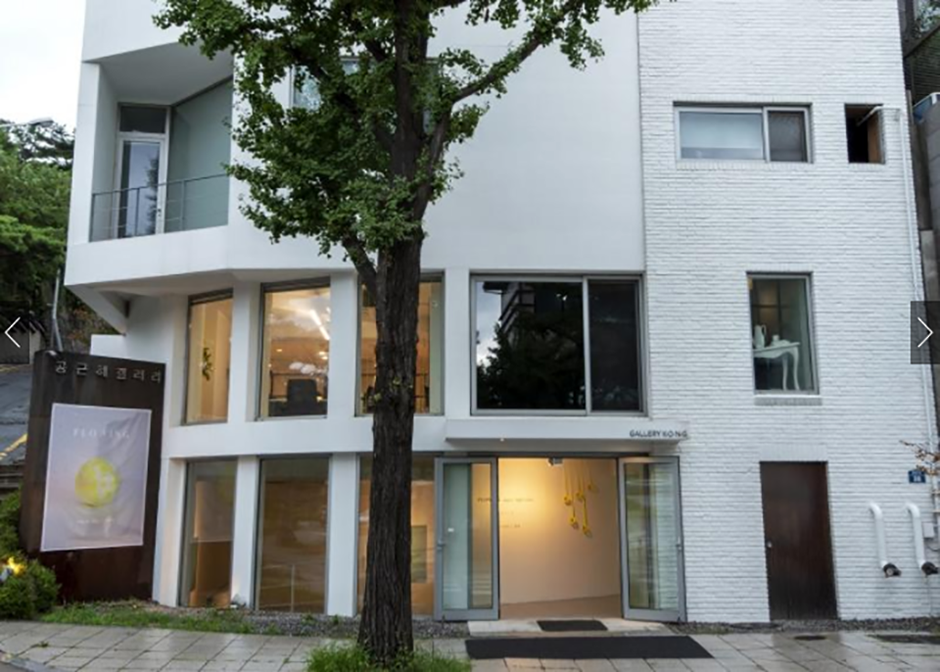
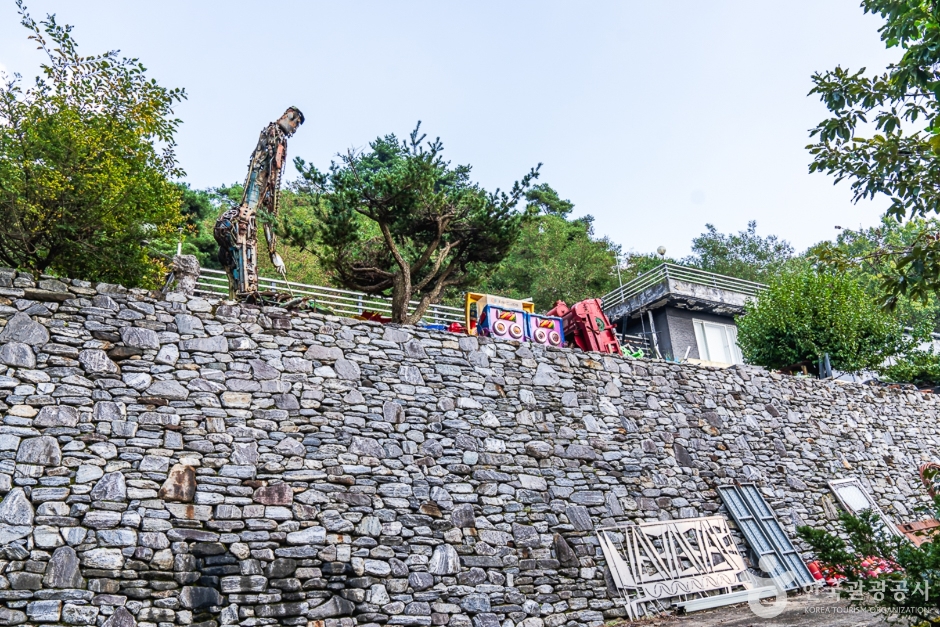
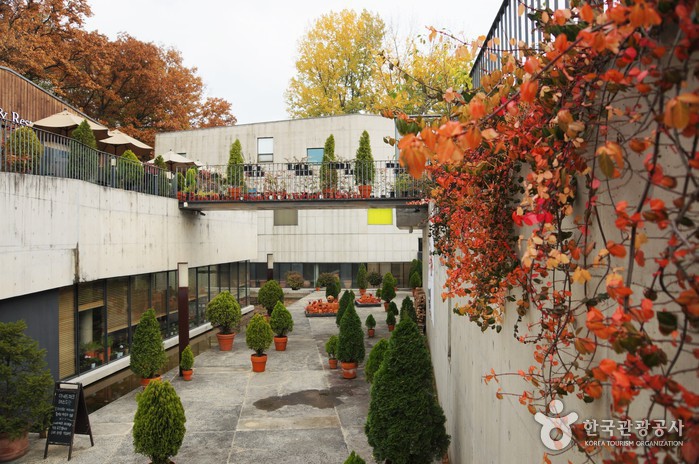
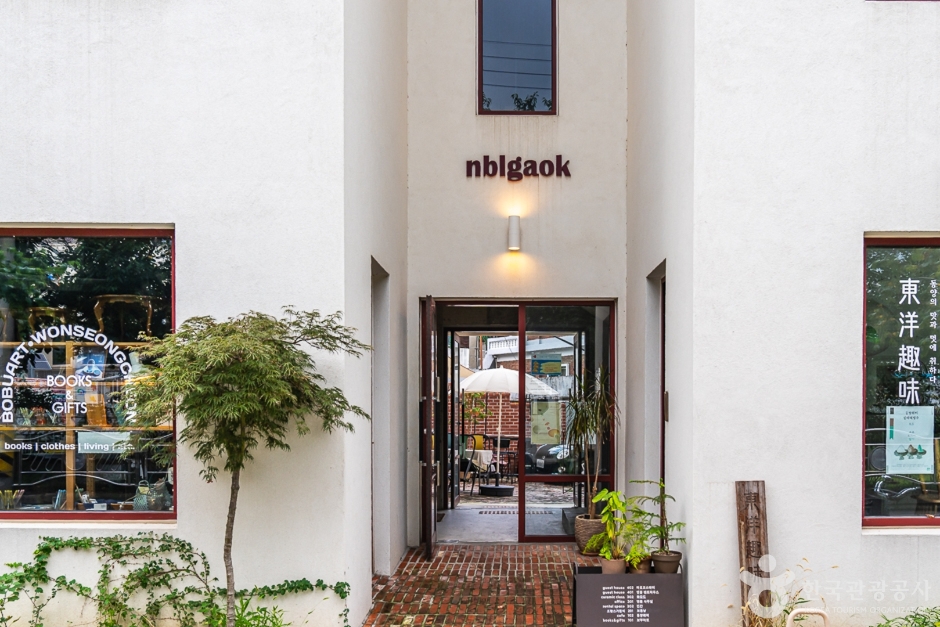
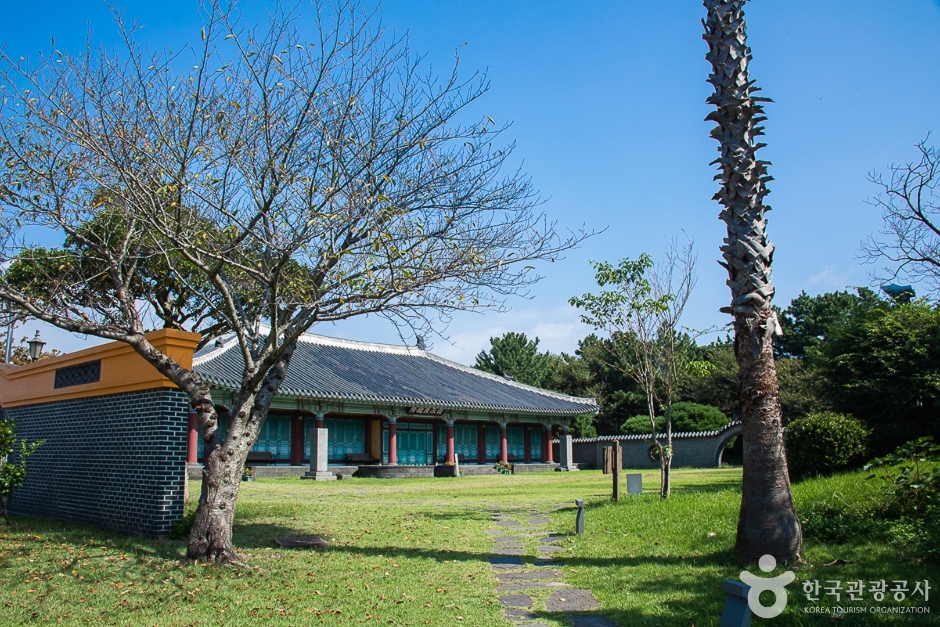

 English
English
 한국어
한국어 日本語
日本語 中文(简体)
中文(简体) Deutsch
Deutsch Français
Français Español
Español Русский
Русский